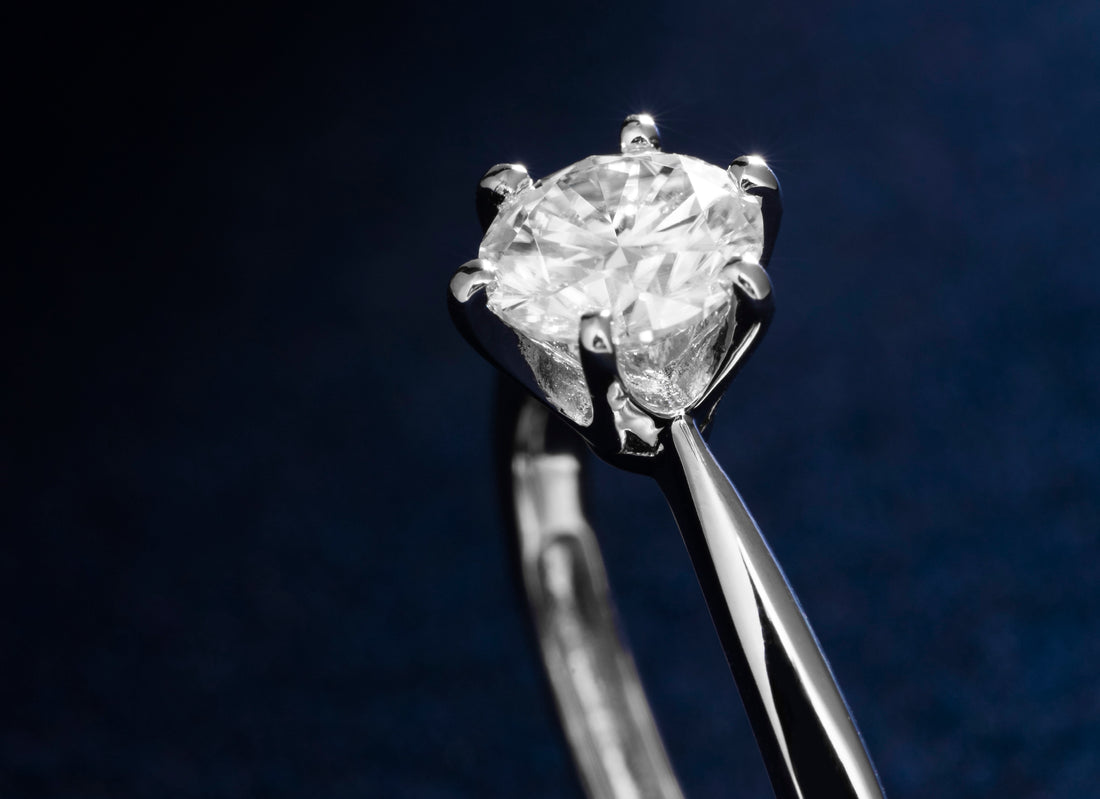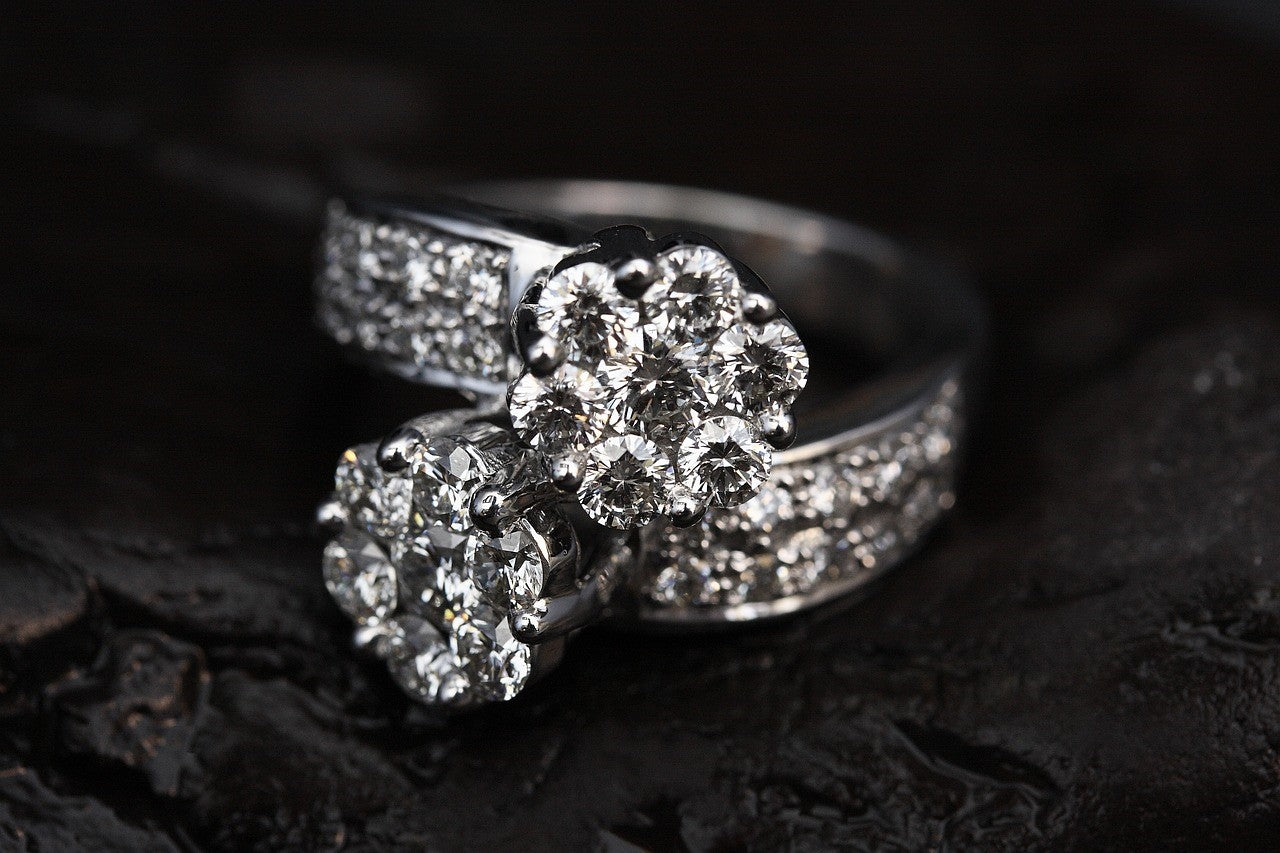Introduction to Lab-Grown Diamonds
Lab-grown diamonds, also known as man-made or synthetic diamonds, have been a topic of interest and debate in the jewelry industry for decades. These diamonds are created in a laboratory setting, using high-tech processes that replicate the natural method of diamond formation. Despite being physically, chemically, and optically identical to mined diamonds, lab-grown diamonds have often been surrounded by misunderstandings and misconceptions.
The purpose of this article is to unravel the myths surrounding lab-grown diamonds and shed light on their authenticity, quality, environmental impact, and cost differences compared to natural diamonds. By the end, I hope to provide a comprehensive understanding of lab-grown diamonds, enabling you to make an informed decision when purchasing your next piece of diamond jewelry.
Before we delve into the myths, let's first grasp the process of creating lab-grown diamonds, which is fascinating in itself.
Debunking Myths Surrounding Lab-Grown Diamonds
Despite their growing popularity, lab-grown diamonds are still subject to numerous misconceptions. One common myth is that lab-grown diamonds are "fake" or "imitation" diamonds. This is simply not true. Lab-grown diamonds are chemically, physically, and optically identical to mined diamonds. They exhibit the same hardness, brilliance, and fire as their natural counterparts.
Another prevalent myth is that lab-grown diamonds are easy to create and therefore, less valuable. While it's true that the process is more predictable and controllable than natural diamond formation, it's far from easy. The process requires advanced technology, significant time, and a high degree of precision.
Lab-Grown Diamonds: Quality and Authenticity
Just like natural diamonds, lab-grown diamonds are evaluated and graded based on the four Cs: carat, cut, color, and clarity. They can be found in a range of sizes, cuts, colors, and clarity grades, from flawless to included.
Lab-grown diamonds are not "cheap" or lower quality versions of natural diamonds. They offer the same beauty, durability, and sparkle as mined diamonds. Furthermore, they are also authentic diamonds, not cubic zirconia or moissanite, which are often marketed as diamond substitutes.
Environmental Impact of Lab-Grown Diamonds
One of the main advantages of lab-grown diamonds is their lower environmental impact compared to mined diamonds. Diamond mining can cause soil erosion, deforestation, and loss of biodiversity. Moreover, it often involves significant energy use and carbon emissions.
On the other hand, producing lab-grown diamonds results in fewer carbon emissions, less water usage, and no direct impact on wildlife habitats. However, it's important to remember that lab-grown diamonds do require energy for production, and depending on the energy source, this could still contribute to carbon emissions.
Cost Differences: Lab-Grown vs Natural Diamonds
Lab-grown diamonds generally cost less than natural diamonds of comparable size and quality. This is mainly because the process of creating lab-grown diamonds, while complex, is more controllable and predictable than mining for diamonds. Additionally, the supply chain for lab-grown diamonds is shorter and more direct, which can reduce costs.
However, it's crucial to note that just like natural diamonds, the price of lab-grown diamonds can vary significantly based on the four Cs: carat, cut, color, and clarity.
The Future of Lab-Grown Diamonds in the Jewelry Industry
The future of lab-grown diamonds in the jewelry industry is promising. With increasing consumer awareness about the environmental impacts of diamond mining, and the allure of more affordable options, the demand for lab-grown diamonds is on the rise.
Moreover, advancements in technology are making the process of creating lab-grown diamonds more efficient and scalable, potentially leading to even lower prices in the future. As the technology continues to evolve, we can expect to see even more innovative and creative uses for lab-grown diamonds in the jewelry industry.
Making an Informed Purchase: Lab-Grown Diamonds
When considering a purchase of lab-grown diamonds, it's important to be well-informed. Understand the process of how they're made, know how to evaluate their quality, be aware of their environmental impact, and consider their cost.
Just like with natural diamonds, it's important to buy lab-grown diamonds from a trusted jeweler who can provide a grading report from a reputable gemological institute. This ensures you are getting what you pay for and that the diamond meets the quality standards claimed by the jeweler.
Conclusion: The Truth about Lab-Grown Diamonds
In conclusion, lab-grown diamonds are real, authentic, and high-quality diamonds. They offer a more environmentally friendly and affordable alternative to mined diamonds, without compromising on beauty or brilliance. The misconceptions surrounding these diamonds often stem from a lack of understanding of the science and technology involved in their creation.
As we continue to witness advancements in this field, lab-grown diamonds will undoubtedly continue to gain popularity and acceptance within the jewelry industry. Whether you're a diamond connoisseur, an environmentally conscious consumer, or simply someone looking for value for money, lab-grown diamonds are worth considering for your next jewelry purchase.





















































































